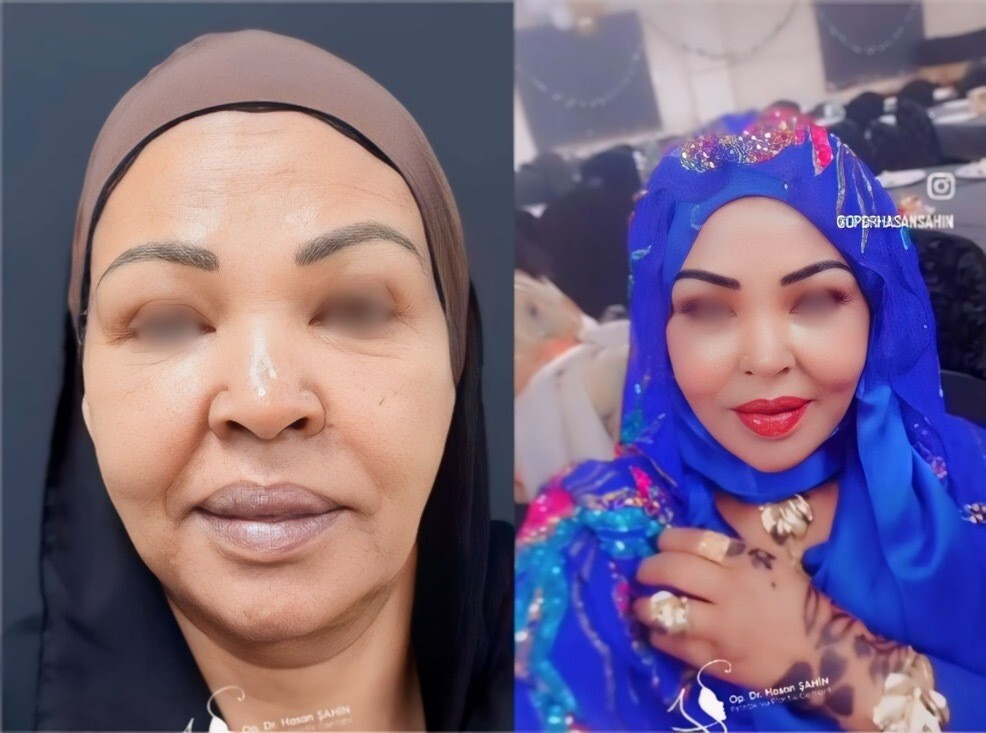Retinal detachment is a serious eye condition characterized by the separation of the light-sensitive retina from its natural support. This separation prevents the retina from properly transmitting images to the brain, resulting in a significant decrease in vision.
Without prompt surgical treatment, the detachment can progress and lead to irreversible vision loss.
Retinal detachment surgery cost in Turkey
The retinal detachment surgery cost in Turkey varies depending on the surgical technique used:
- Sclerotomy with cerclage: Average cost $2,000.
- Vitrectomy: Approximately $4,000.
- Pneumatic retinopexy: Between $2250 and $2750.
Turquie Santé offers all-inclusive packages that include transportation, accommodation, medical care and personal assistance.
Don't hesitate to ask one of our ophthalmologists for advice and information on the various surgical techniques available.








